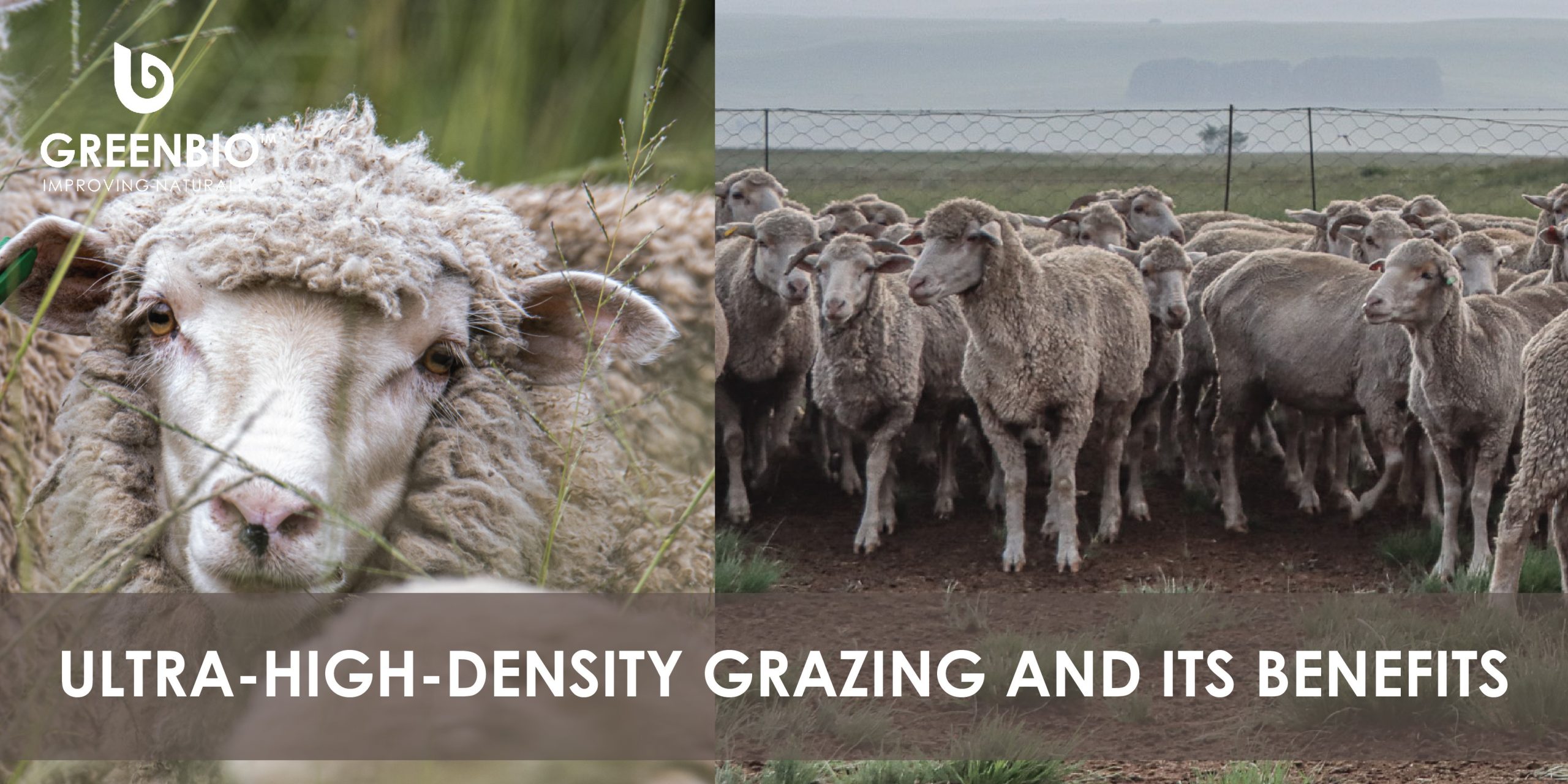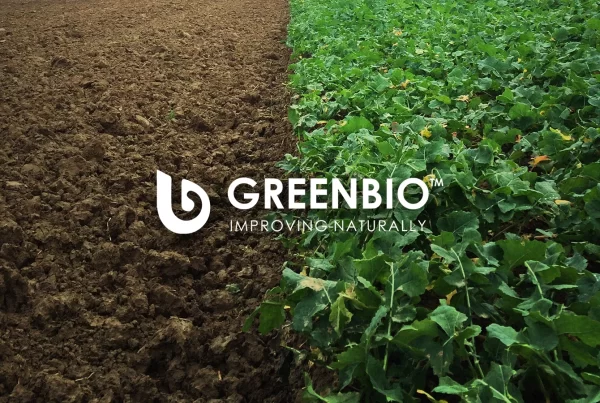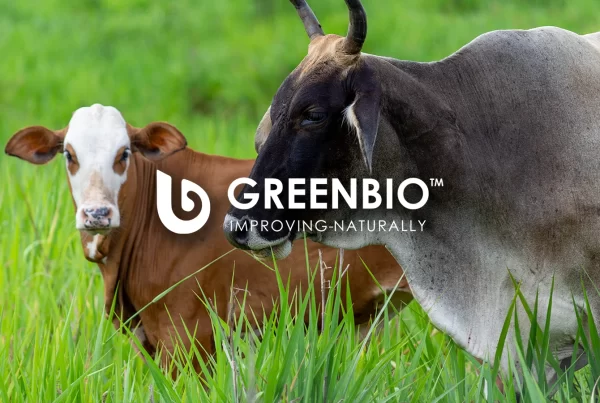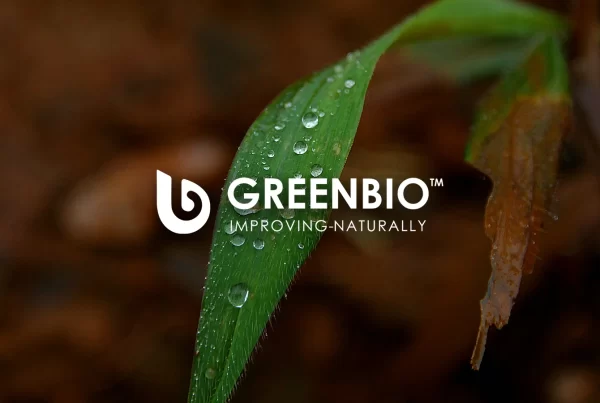The Importance of Fertility in Ultra High Density Grazing
More and more farmers are seeing the benefit of using Ultra High-Density Grazing (UHDG) to rejuvenate their veld and to increase their stocking rate at the same time. There is no doubt that when applying this management system, the veld is rejuvenated. The diversity in all aspects increases, from grasses, legumes, forbes, insect life and bird life. We focus on the importance of fertility in Ultra High Density Grazing in this article.
So why is not everybody doing it? Don’t we all want improved soil on our farms with improved water penetration and improved water holding capacity? We all want improved diversity including insect life, bird life and life in the soil, from dung beetles, earthworms, and microbial life. Don’t we all want to improve our predator-prey relationships, where the natural predators and the animal immune system provide the self-defense system for the internal and external parasites? It is not that there are no parasites, but rather that the animal can actually produce, regardless of them.
Farmers who have not managed UHDG, mob grazing or high density grazing correctly or their expectations were different to what the results were, often say it does not work. One negative result is a decrease in conception rate. One cannot expect to change grazing management without it influencing conception rate.
Why do we have to breed for fertility?
Why do we have to breed for fertility if we want to increase our stocking rate, and increase the number of kilograms of meat sold per hectare (or profit per hectare)?
Everything in cattle breeding and management revolves around body condition.
ALL breeding and management decisions affect body condition.
Body condition affects ALL breeding and management decisions.
How to start with UHDG
Starting with UHDG on your farm sounds easy. The only thing you need to do is go to a farmer who is already doing it and copy what he does and apply the same principle to your own farm… Will this work? Probably not. The conception rate will drop, because animals are not used to utilising all the various grasses and forbes. That is if there were any forbes and legumes in your system.
Utilising smaller camps without adding any animal numbers to your farm does not increase your stocking rate. You will still have the same number of animals on your farm. You are just utilising your grass better. This, however, will probably result in having too much grass after one year and result in you having to burn it if you are in the sour-veldt region. All this is to ensure that you have any form of nutrition for the animals.
Buying in animals can be done, but adaption takes time, and this will not necessarily address your fertility problem.
Building your herd organically, and correcting genetics so that the mother animals can give you a calve from the age of two years and then annually after that, and wean that calve between 42% and 50% of her body weight, will be more profitable in the long run.
Selling a cow only needs to be done because of age and for cash flow reasons. Alternatively her calves can be used to increase the stocking rate. There are, however, certain criteria that the cow must fulfil for you to use her bull calves for your herd improvement, and weaning weight is not one of them.
As far as the profit drivers of beef farming is concerned, stocking rate is the highest profit driver, then fertility and then growth. Both stocking rate and growth have a negative influence on fertility. It is always a balance between these three components to become profitable. It does not help to have a high stocking rate and a low conception rate, nor having a high conception rate but not enough animals. The problem with weaning weight is that they are no indication of profitability either.
Bull breeding and selection
Using the wrong bull does more damage to your herd than using the wrong cow.
Let’s look at the veld-master principles for bull selection:
From the cow side – she must calve the first time at two years of age and reconceive to give the second calf at 36 months and every year after that.
Only bulls that have been reared by such a cow should be considered as breeding bulls in your herd. The bulls that have the highest maturity index, hip height to weight ratio at a corrected 12 months age in their age group, should be used for breeding for the next 14 – 15-month heifer breeding season. DNA testing can be used to determine which calve was from which bull and which bull breeds the most calves. This bull should be used for AI on the rest of the cow herd the following year.
The most crucial factors for the bull selection are hormonal balance, masculinity, and his testis. The bull should have the largest testis circumference proportionate to his maturity index in his age group (class the bulls in monthly age groups, don’t use the whole breeding season).
Factors that determine hormonal balance are:
- Shiny coat
- Bull-like head and neck
- Well-developed epididymis should be visible from at least 25 meters
- Avoid thin cylindrical scrotums with long hair
- A tight sheath in the South African veld context is advantageous
- The bull must be able to control his scrotum
Give your heifers the better veld, let the bulls work for their condition and score the bulls at the end of the dry season in order for you to choose bulls that can maintain their condition through the most challenging times.
Changing the genetics of your animals in order to have proper veld adapted animals, takes time, but the results achieved by the farmers who have taken the time to do this, are priceless. Some farmers have increased their stocking rate through probably the worst recorded draught in history. It also does not make a difference what breed you use. Some farmers have crossbred certain breeds to suit their environment. Others have done it with breed specific animals with the same success rate. The type of animal is far more important than the breed of animal.
Case Study
In 1987, Ben Fyfer, the father of DF Fyfer, of the Bhejane Cattle Company, started using the principles of only using cows in his herd for bull rearing that calved at 24 and 36 months.
DF shifted his focus from production per animal to profit per hectare and subsequently changed his production system by deregistering his stud, moving to UHDG and started to breed a composite that fitted in with his management, and environmental goals.
To ensure that the final animals had 75% African blood and 25% Beefmaster blood, DF used four breeds as the basis of his composite:
- Nguni x Boran
- Beefmaster x Mashona
This animal is a highly functional animal with the various benefits of all the different breeds for the specific needs of the African veld.
This composite is named the Adaptor as his main focus is to breed a veld adapted animal that is early maturing, fertile, tick and heat resistant, has good carcass qualities and is able to fatten on grass only.
He breeds this composite specifically to suit his low input ultra high density grazing, where through the non-selective utilisation of all the grass, coupled with an adequate rest period, his soil biology will improve. This in turn will increase grass production and aid him in his goal of maximum sustainable profit per hectare.
Case Study
Gerrit Van Zyl of Hanzyl Bonsmara’s has, over the years, improved the fertility of his herd by applying the principles of only using bulls where the mother calved at 24 and 36 months. It is fascinating that by doing this he has consistently bred mother animals that can produce a calf from the age of 24 months. Gerrit also started changing his grazing management where he now has daily moves. As a result this has doubled his stocking rate per hectare, compared to the conventional norm.
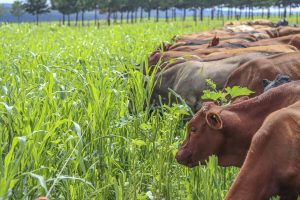
To see the effect of this breeding management, you should visit the Mid-Vrystaat Bonsmara production sale. Most of the bulls sold by Hanzyl Bonsmara’s are bred from mother animals whose ICP is around 365 days. That is the role of the cow, to give you a calf annually from age 24 months.
I want to re-emphasize the fact that it is not about what breed must be used, but rather what type of animal must be used. The mother animal must be a grass efficient animal. Ideally, with a huge rumen capacity, that is capable of giving you a calf from 24 months and every year after that. And wean a calf of 42%– 50% of her body weight.
When changing over to UHDG, you must consider what effect the lower conception will have on your cash-flow. If managed incorrectly, UHDG is one of the easiest ways to lose money. If manged correctly, it is the only way to increase your profits, through increasing your stocking rate. You must work with a system. There is no one size fits all approach, nor is there a silver bullet that corrects every wrong management decision. You can change between the various grazing management systems. This depends on the nutritional needs of your mother animals and your veld conditions as well as the use of cover crops or harvest rests. All this must also be incorporated into your management system.
Conclusion
Improving your soil health should be the goal, but this must fit into a system where you don’t compromise your profitability of your farm. Changing management systems is a marathon not a sprint, and you must understand why you are doing it before you implement the how.
Take a look at our probiotic products here.
Follow us on social media for more tips and advice.

